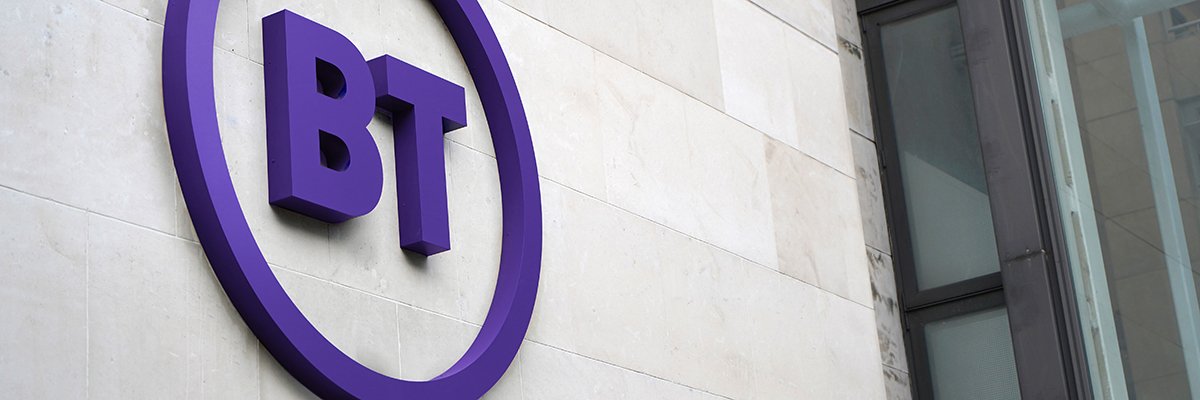
Despite revenues remaining flat compared with the same period a year ago, leading UK telco BT has revealed financial results for the first half of its current fiscal year, showing profits up considerably and acceleration in its build-out of fibre-to-the-premises (FTTP) across the UK.
For the half-year ended 30 September 2023, BT reported revenue of £10.4bn, the same as the corresponding period in the prior year, with adjusted revenue up 3% on a pro forma basis due to increased fibre-enabled product sales, inflation-linked pricing and improved lower margin trading in its Business division, partially offset by legacy product declines.
Adjusted EBITDA for the six months was £4.1bn, up 6% on an annual basis, and up 4% on a pro forma basis with revenue flow through and what BT insisted was strong cost control, offsetting cost inflation and one-off items in the prior year. Business EBITDA decline was attributed to increased input costs and legacy high-margin managed contract declines.
Reported profit before tax for the half-year was £1.1bn, soaring 29% largely due to factors driving adjusted EBITDA growth. However, reported capital expenditure was down 11% compared with the same period a year ago to total £2.3bn, with lower fixed network spend driven by lower FTTP build unit costs, and cash capex of £2.5bn also down 11%.
Looking more at FTTP build, in the first half of the year, BT’s FTTP build rate accelerated to 66,000 per week by the end of September 2023, delivering what was said to be a record of 860,000 premises passed in the quarter. BT’s FTTP footprint stood at 12 million premises by the end of the half-year, with a further six million where initial build was underway. BT’s 5G base through the EE network was 9.9 million at the end of September 2023, up 42% year-on-year.
BT added that its Openreach broadband provision division saw strong customer demand in for FTTP with net adds of 364,000 in the second quarter of the year, bringing take-up rate to 33%. Q1 Openreach orders were up 34% year-on-year and the company had net adds of 383,000, bringing a network take-up rate to 32% while total FTTP connections grew to 3.5 million. BT’s Retail FTTP base grew year-on-year by 48% to 2.2 million, of which Consumer had 2.1 million customers and Business 100,000.
While Openreach broadband ARPU grew by 10% year-on-year due to price rises and increased volumes of FTTP, the company saw total broadband losses continue into Q2, amounting to a total of 255,000 broadband line losses in H1, a 1% decline in the broadband base. The total Openreach broadband base was down 126,000 in Q1 due to competitor losses combined with a weak broadband market and communications providers ceasing copper lines.
Going forward, BT was targeting a decline of around 400,000 total broadband customers for the full 2024 fiscal year, and warned that softer market conditions could increase the risk that losses will be above this level.
Undeterred, BT chief executive Philip Jansen, commenting on his last set of quarterly results before being replaced by Allison Kirkby around the end of January 2024, said the H1 results showed the company was delivering and on target, rapidly building and connecting customers to next-generation networks.
“We’ve strengthened our competitive position with the launch of both New EE and our renewed strategy in Business, and Openreach has now built full-fibre broadband to more than a third of the UK’s homes and businesses with a growing connection rate,” he said. “Our transformation programme has now delivered £2.5bn in annualised savings, well on track to meet our £3bn savings target by FY25. BT Group has a bright future.”

Comentarios recientes